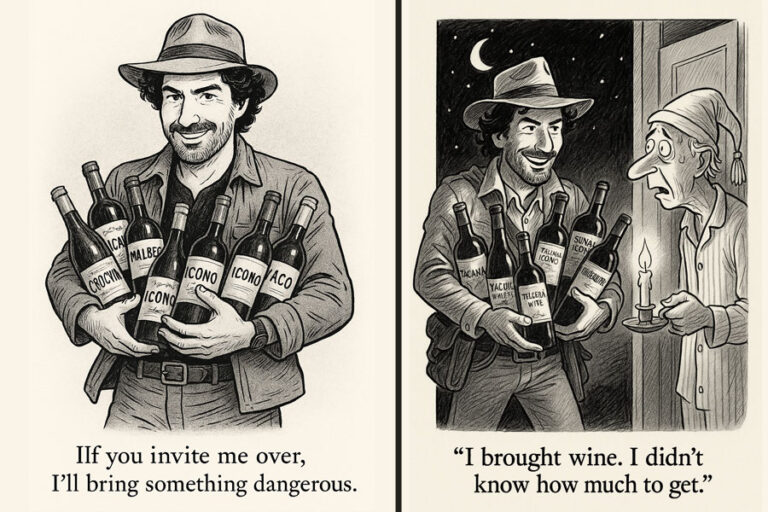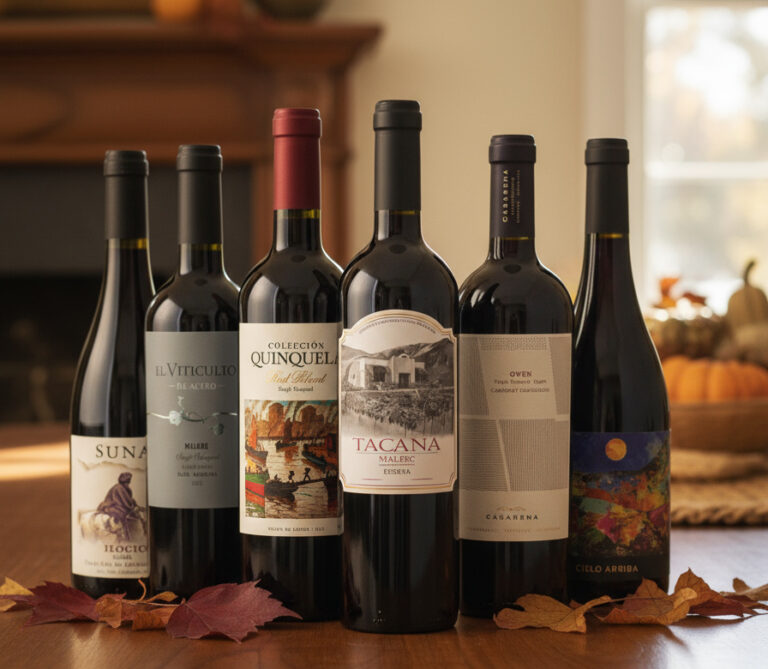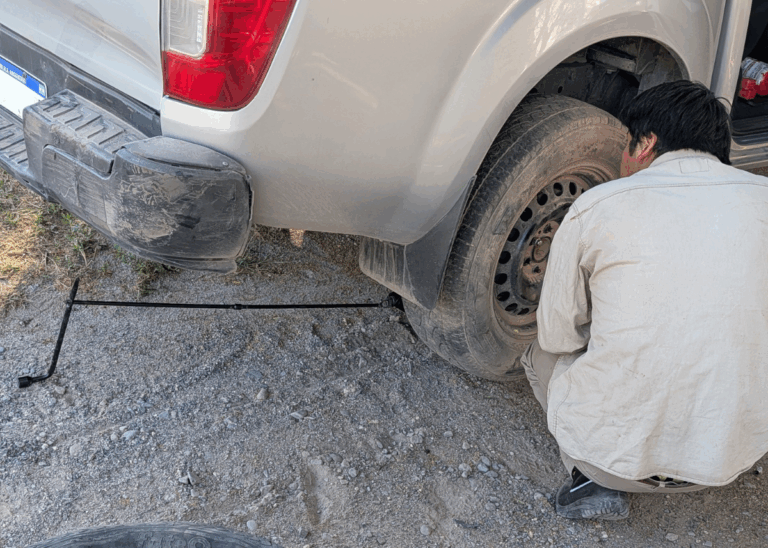[et_pb_section fb_built=”1″ _builder_version=”4.11.1″ _module_preset=”default” global_colors_info=”{}”][et_pb_row _builder_version=”4.11.1″ _module_preset=”default” global_colors_info=”{}”][et_pb_column type=”4_4″ _builder_version=”4.11.1″ _module_preset=”default” global_colors_info=”{}”][et_pb_text _builder_version=”4.11.1″ _module_preset=”default” global_colors_info=”{}”]
In a country that treats traffic lights as more suggestion than rule, there are, nonetheless, some areas in which Italians become outright sticklers.
Fast cars is one. Say what you want about Fiat, but the attention to detail at Ferrari and Lamborghini verges on Germanic.
Wine is the other. It may come as a surprise that many an Italian winemaker must not only make a great wine but get it past a regulatory board before he can release it.
On the one hand, regulation in wine can do much to preserve a region or brand’s quality. On the other, it can also stifle a style into oblivion as arbitrary rules hold back winemakers from evolving with tastes.
Such was the tension at the heart of the emergence, in the 1970s, of a style that would become the darling of the ‘80s and ‘90s, the “unofficial star of Italy,” as Wine Folly calls it, the “Super Tuscan.”
More on that in a moment. But first… An unexpected (yet important) factor in wine quality.
This week, Julien Miquel takes us through a slightly more technical aspect of winemaking… An under-discussed detail with a huge impact on the wine we drink…
[/et_pb_text][et_pb_video src=”https://youtu.be/bA5aJnG4-kg” module_id=”video” _builder_version=”4.11.1″ _module_preset=”default” width=”72%” width_tablet=”79%” width_phone=”100%” width_last_edited=”on|phone” module_alignment=”center” global_colors_info=”{}”][/et_pb_video][et_pb_text _builder_version=”4.11.1″ _module_preset=”default” global_colors_info=”{}”]
Advent of the Super Italian (Continued)
Though widely considered to have begun in the 1970s, the original “Super Tuscan” wine (if not the term) came to be in the 1940s, on a stony field near the village of Bolgheri close by the Tyrrhenian Sea.
There, on a farm called Tenuta San Guido, the marchese (marquess in English) Mario Incisa della Rocchetta, began making a wine from French cabernet sauvignon vines given to him by a friend from Pisa. French grapes were, at the time and for decades after, disallowed for any Tuscan wine classified as such. But Mario wasn’t worried about classification. For decades, he drank his wine privately, sharing only with family and friends.
The rest of the wine world would have to wait until 1971 to get its first of his big, bold red – unlike anything the Chianti region had ever produced before.
As we wrote a few weeks ago, Chianti and his rustic fiasco bottles enjoyed a popularity boom among the hippy chic set in 1960s London and Hollywood. The US in particular was rediscovering wine in general, having lost 96% of its wineries to Prohibition, with beer and liquor filling the demand gap upon repeal of the 8th amendment. In 1935, the UC Davis wine program had reopened. By the ‘60s its scientific approach to viticulture was giving Californian winemakers the idea that they could do a better job with Bordeaux grapes than Bordeaux could (they would be proven correct in the 1976 “Judgement of Paris”).
The Tuscans, meanwhile, felt stuck in the past. In the 1930s, restrictions on the Chianti name had loosened, allowing an influx of pretenders with neither the terroir nor the knowledge to handle the famously finicky sangiovese. At the same time, however, regulations on the actual content of the wine – set down in centuries prior and requiring a blend of sangiovese and white wine grapes – remained tightly enforced, keeping the Italians well out of the explosion in innovation and experimentation going on elsewhere.
The dual tension of declining quality and restrictions on experimentation reached their nadir in the late ‘60s as inferior Chiantis flooded the world market, changing the brand’s perception from romantic to ridiculous.
At the same time, tastes were also changing. Critics like Robert Parker favored bold reds – full bodied, ultra-fruity, with, perhaps, a hit of spice. Tasted alongside one of these monsters, a Chianti felt almost effete.
There is some disagreement as to who truly kickstarted the Super Tuscan revolution. Upon the advice of some friends Mario Incesa della Rocchetta released the 1968 vintage of his cabernet sauvignon, named Sassicaia, in 1971. That same year also saw the release of Tignanello, by the Antorini winery. While Sassicaia used cabernet sauvignon as headliner, Tignanello took a different approach to emulating Bordeaux. It was (and is still) mostly sangiovese. The sangiovese, however, was aged in French barriques (which had never been done before). Then, to give the wine that “big” structure, Antorini added cabernet sauvignon in a supporting role.
And so began the Super Tuscan craze.
Next week, we’ll tell the second half of the story, including the main criticism leveled at the style, whether it remains relevant today, and the next Italians to claim the super mantel.
Till then… ciao!
The Wine Explorer
[/et_pb_text][/et_pb_column][/et_pb_row][/et_pb_section]



